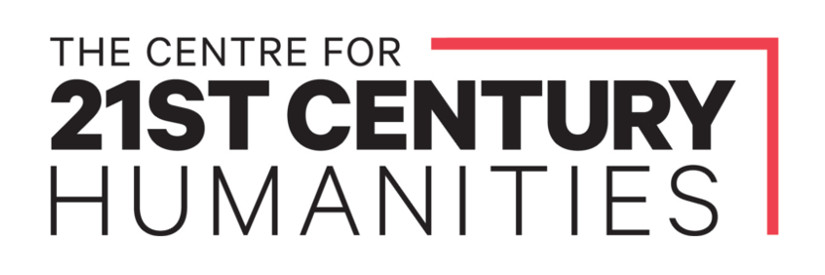| Site Name | Warluk (Seale Gorge) |
| Aboriginal or Torres Strait Islander Place Name | Warluk |
| Language Group, Nation or People | Ngarinman, Bilinara |
| Present State/Territory | NT |
| Colony/State/Territory at the time | SA |
| Police District | Palmerston |
| Latitude | -17.352 |
| Longitude | 130.744 |
| Date | Between 1 Apr 1886 and 30 Jun 1886 |
| Attack Time | Dawn |
| Victims | Aboriginal or Torres Strait Islander People |
| Victim Descriptions | Aboriginal |
| Victims Killed | 30 |
| Victims Killed Notes | Men, women and children |
| Attackers | Colonists |
| Attacker Descriptions | Stockmen/Drover(s) |
| Attackers Killed | 2 |
| Attackers Killed Notes | |
| Transport | Horse |
| Motive | Reprisal |
| Weapons Used | Firearm(s) |
| Narrative | The NT News (Hope 2016, p. 12) reported: 'According to his stories [Phillip Yamba Jimmy], Seale Gorge is not just a resting place for the murdered, but a massacre site in itself. "Two (white) men heaped up wood until there was a large pyre," he said... Author and historian Darrell Lewis wrote extensively of the region's violence in his book A Wild History[: Life and Death on the Victoria River Frontier] and knew the stories. "I don't know of any documentation, but it doesn't mean it's myth and legend" he said'.
Ronnie Wavehill Wirrpngayarri, (cited in Charola & Meakins 2016, pp 32-39) recounted: 'This happened right at the start when kartiya (Europeans) found the place on the east side of the Victoria River (the site of original Wave Hill Station) and they made their camp...' As this was in the early years of colonisation at Wave Hill Station, it may related to spearings of Victoria River Station workers on 30 April 1886 and 1 May 1886 reported in The North Australian (April 30, 1886, p 3) and NTTG (May 1, 1886, p 2) According to Ronnie Wavehill Wirrpngayarri, 'Those kartiya had a lot of rifles and they had men with them too, Aboriginal men. Where could they have been from? Maybe Darwin or Queensland — Aboriginal people who used to live alongside kartiya. They came to shoot. 'Well,' they asked each other, 'where to go from here?' 'We can go up west to Warluk (upstream from Daguragu).' Right here to the west they went on horseback, along the river at Daguragu, going to Seale River (Steven's Creek)... Early in the morning they ambushed people there and shot all the ngumpin there. They shot the whole lot of them right there at the yards at Warluk... Then they went back down to the river. But in the afternoon, two of the kartiya returned. 'You two young blokes go back!' Why did they go back there? What for? They went up-river to the same place near the yard, that very clearing where the dead bodies remained: children, grown men and women who had been shot dead en masse. They had been killed off like dogs from their own country... They just left them there, dead on the ground. The two men heaped up wood until there was a large pyre... They threw them all on the fire.' Two Aboriginal men then speared and killed the two kartiya men by the fire: 'Then they dragged them over to the fire and threw them on top, burning both of them... That's how ngumpin would sometime get their own back.' (Charola & Meakins 2016, pp 32-39). |
| Sources | Charola & Meakins, 2016, pp 32-29; North Australian, April 30, 1886, p 3 http://nla.gov.au/nla.news-article47995543; NTTG May 1, 1886, p 2 http://nla.gov.au/nla.news-article3159411; Zach Hope, NT News, 'Bones tell of a past steeped in horror', 19 August 2016, p 12 http://www.kooriweb.org/foley/news/2000s/2016/ntnews19aug2016.pdf (Accessed 26 January 2020). (Sources PDF) |
| Corroboration Rating | *** |

